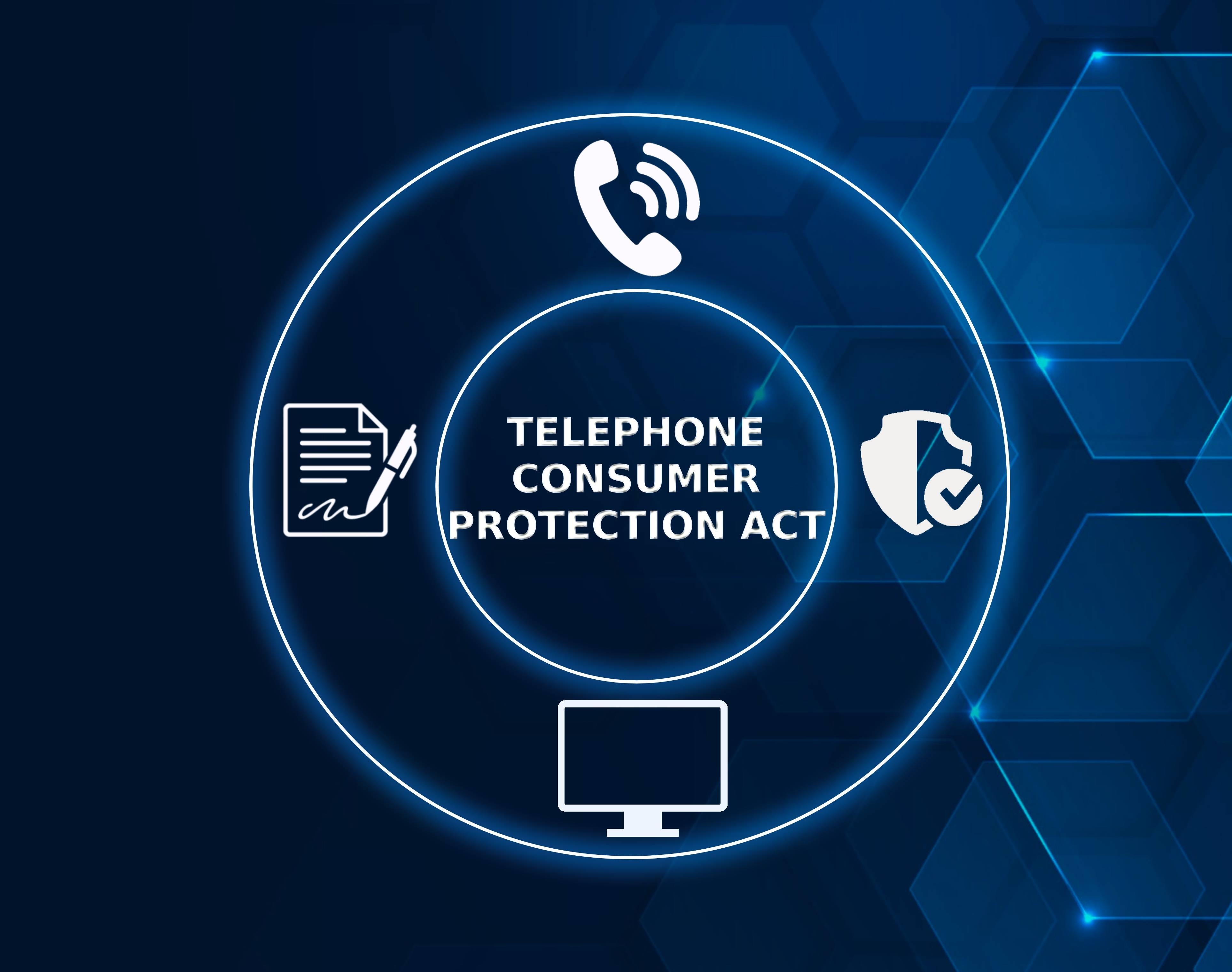The Cost of Non-Compliance: What Happens If You Call a Reassigned Number Without Checking the RND

The Cost of Non-Compliance: What Happens If You Call a Reassigned Number Without Checking the RND In the realm of telemarketing, customer service, and any outbound calling operation, maintaining compliance with regulations like the Telephone Consumer Protection Act (TCPA) is paramount.One of the most significant and often overlooked compliance risks stems from calling “reassigned numbers” – phone numbers that were once associated with one consumer but have since been given to a new, unconsenting individual. The Federal Communications Commission (FCC) established the Reassigned Numbers Database (RND) precisely to mitigate this risk. Failing to check the RND before making calls can lead to severe consequences, turning an innocent oversight into a costly legal nightmare. RND compliance for businesses: Understanding the basics Consent is Key: The TCPA dictates that businesses generally need prior express consent (and often “prior express written consent” for marketing calls using an autodialer or pre-recorded voice) from the called party to make certain types of calls. Consent is Tied to the Person, Not the Number: If Person A gives consent to be called at number 123-456-7890, but that number is later reassigned to Person B, Person B has not given consent. Any call to that number, even if intended for Person A, is now a call to an unconsenting individual (Person B) and potentially a TCPA violation. High Reassignment Rate: The FCC estimates that approximately 37 million telephone numbers are reassigned annually in the U.S., meaning over 100,000 numbers change hands daily. This makes accidental violations a significant risk for any high-volume caller. The Role of the Reassigned Numbers Database (RND): The RND is an FCC tool to check if a phone number has been reassigned since consent was given. Its role is to prevent callers from contacting unintended, unconsenting individuals, thereby avoiding costly TCPA violations and associated lawsuits. What is the penalty for calling a reassigned number? Violation of FCC Regulations Mandatory Requirement: As of July 2021, businesses must consult the RND before making calls or sending texts to ensure that numbers have not been reassigned. Regulatory Risk: Failing to check the RND means you’re not following FCC rules, making you vulnerable to penalties. Legal Penalties and Fines TCPA Violations: Calling a reassigned number without consent can be considered a violation of the Telephone Consumer Protection Act (TCPA). Hefty Fines: Fines can reach up to $500 per call, and up to $1,500 per call for willful violations. Lawsuits: Non-compliance can lead to class-action lawsuits, costing organizations millions in damages and legal fees. Increased Risk of Consumer Complaints Wrong Recipient: A reassigned number means you’re contacting someone who never consented to receive your messages. Spam Reports: These unintended calls are often reported as spam, which damages your sender reputation and could trigger call blocking. Damage to Brand Reputation Loss of Trust: Consumers who receive unsolicited calls may view the brand as invasive or careless. Negative Publicity: Lawsuits or complaints can generate negative media coverage, harming your credibility and public image. Lower Communication Effectiveness Wasted Resources: Time, money, and marketing efforts are wasted on invalid or reassigned numbers. Reduced ROI: Low response rates from incorrect recipients impact the effectiveness of outreach campaigns. Loss of Safe Harbor Protection FCC Safe Harbor Clause: Organizations that check the RND and follow protocols may qualify for protection against liability if a reassigned number slips through. No RND Check = No Protection: Skipping the RND check forfeits this legal shield, exposing your business to full liability. Compromised Data Integrity Poor List Hygiene: Not verifying numbers leads to outdated or incorrect customer data, undermining customer relationship management (CRM) systems. Compliance Gaps: This also reflects poor internal compliance processes, which can affect audits or future regulatory reviews. Business Disruption and Operational Costs Customer Service Burden: Staff may have to manage and respond to angry or confused call recipients. Legal and Compliance Costs: Non-compliance often results in internal investigations, legal consultations, and process overhauls—all of which are expensive and time-consuming. Craig Rigano August 27, 2025
Understanding TCPA Compliance: A Comprehensive Guide for Businesses

Understanding TCPA Compliance: A Comprehensive Guide for Businesses In today’s digital age, businesses heavily rely on phone calls and text messages to reach their customers. However, this increased focus on mobile communication also brings the need for businesses to ensure compliance with the Telephone Consumer Protection Act (TCPA) to the forefront. The TCPA, which safeguards consumers from unwanted calls, automated messages, and unsolicited text messages, is not just a legal requirement but a crucial aspect of maintaining a business’s reputation and avoiding potential lawsuits and hefty fines. This comprehensive guide is designed to provide you with the knowledge and strategies you need to navigate the complexities of TCPA compliance. By exploring the key provisions of the act, best practices for obtaining consumer consent, effective risk minimization strategies, and valuable resources, this guide aims to equip you with the tools to ensure your business’s compliance and protect it from potential legal and financial risks. What is the TCPA, and What Does it Regulate? The TCPA, enacted in 1991, regulates the use of automated telephone dialling systems (autodialers), prerecorded voice calls, and commercial text messages sent to wireless phone numbers. Here’s a breakdown of the key regulations: Autodialers and Prerecorded Calls: Businesses cannot use autodialers or prerecorded voice messages to contact consumers without their prior express written consent. This includes calls using artificial intelligence or robocall technology. Text Messages: Similar to prerecorded calls, sending commercial text messages to wireless phone numbers requires prior express written consent from the consumer. Do-Not-Call Registry: The TCPA allows consumers to register their phone numbers on the National Do Not-Call Registry (DNC). Businesses are prohibited from contacting consumers on the DNC list unless they have a pre-existing business relationship or written consent. Obtaining Consumer Consent: The Cornerstone of TCPA Compliance TCPA compliance hinges on obtaining verifiable consumer consent for calls and text messages. Here’s what you need to know: Express Written Consent: The TCPA mandates “prior express written consent,” meaning consumers must give their explicit authorization through a written document, email, or text message. Clear and Conspicuous Language: The consent language must be clear and unambiguous, specifying the nature of the messages the consumer is agreeing to receive. Revocation of Consent: Consumers have the right to revoke their consent at any time. Businesses must have a readily accessible method for consumers to opt-out, such as a specific unsubscribe keyword for text messages. Best Practices for Minimizing TCPA Risks Mitigating the risks associated with TCPA compliance is crucial. Here are some best practices to follow: Develop a Comprehensive TCPA Compliance Program: Implement a well-defined program that outlines your consent acquisition procedures, record-keeping practices, and how you handle consumer opt-outs. Train Your Staff: Educate your sales and marketing teams on TCPA regulations and best practices for obtaining consent and handling consumer interactions. Invest in TCPA-Compliant Technology: Utilize technology solutions that help verify consumer consent, manage opt-out requests, and ensure you don’t contact numbers on the DNC list. Maintain Accurate Records: Keep detailed records of consumer consent, including the date, time, and method used to obtain it. This documentation is essential to defend yourself in case of an audit or lawsuit. Staying Up-to-Date with TCPA Regulations The TCPA landscape is constantly evolving, with new rulings and interpretations emerging from the Federal Communications Commission (FCC). Here’s how to stay informed: Subscribe to FCC Updates: Sign up for email alerts from the FCC to receive notifications on new TCPA rulings, interpretations, and enforcement actions. Consult with TCPA Compliance Experts: Consider seeking guidance from legal professionals or TCPA compliance service providers to ensure your practices align with the latest regulations. Monitor Industry Resources: Stay updated on industry news and publications that address current trends and challenges in TCPA compliance. Conclusion: TCPA compliance is an ongoing process that requires vigilance and commitment from businesses. By understanding the regulations, implementing best practices, and staying informed about changes, you can minimize risks and ensure your communication methods are ethical and legal. Resources: Federal Communications Commission (FCC) TCPA webpage: https://www.fcc.gov/tags/telephone-consumer-protection-act-tcpa National Do Not Call Registry: https://www.donotcall.gov/ Interactive Marketing Solutions (IMS): https://www.ims-dm.com/ (Provides TCPA compliance solutions and resources) By following these guidelines and utilizing the provided resources, you can ensure your business operates within the boundaries of TCPA compliance and fosters positive customer relationships through responsible communication practices. Craig Rigano August 27, 2025
